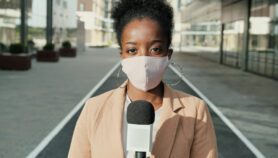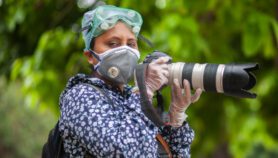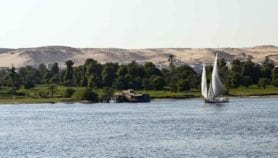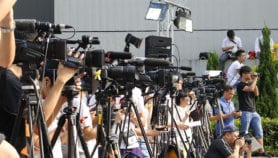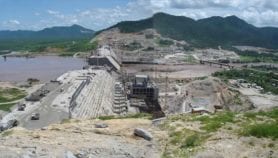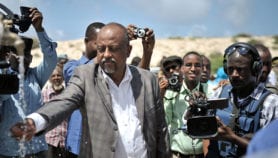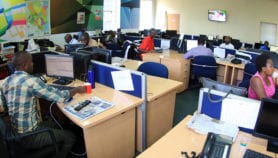By: Maina Waruru
Send to a friend
The details you provide on this page will not be used to send unsolicited email, and will not be sold to a 3rd party. See privacy policy.
Using simple figures instead of percentages when reporting on risks could help the public appreciate and understand stories a lot better — this is the message I took away from a session at the ongoing World Conference of Science Journalists in Seoul, Korea. The audience at the session heard how percentages can blunt the public’s sensitivity to a problem, while a more straightforward way of presenting the same information – for example seven out of a hundred – is better. This kind of reporting is easier to understand, digest and brings home much better the magnitude of risks involved in particular situations.
This position became even clearer in my mind when I listened to Sol Hart, an assistant professor at the University of Michigan in the United States, who believes that keeping denominators, the bottom number in a fraction, constant, while also using simple figures and rounding percentages with decimal points, helps a science journalist to tell a story in a much better way.
The point is to keep it simple, focused and clear for the ordinary readers that we strive to feed with information.
This point resonated particularly well with me as an African journalist, reporting on a region where often the general public has a poor reading culture and therefore doesn’t like to deal with figures.
In his audio and slides presentation Hart strengthened this thought when he told the session that using simple words such as low, high, poor or excellent — rather than complicated ‘cognitive’ descriptions — solved the problem for journalists and kept coverage in focus.
Yuichi Ono, professor at the International Research Institute of Disaster Science at Tohoku University in Japan, says the university has set up a Global Centre for Disaster Statistics (GCDS) that is working closely with the UN Development Programme to archive disaster data from different countries around the world for analysis and dissemination in times of need.
This again sounded like music to my ears, especially when I think of the poor state of data in majority of African countries, where archiving is only just catching on. It sounded even sweeter when Ono told me that the GCDS is planning to document disaster data for any country, including those on my continent.
Scientists, he said, need to fully understand how the media developes news in times of tragedy and work out how to release information in a way that does not create confusion about the actual situation and scale of the tragedy.
But journalists must also play their part when disasters happen that attract global media attention, Ono said. And I agree: local reporters need to interpret and package their news in a manner that helps explain the real state of events and eliminate difficulties in digesting them.




